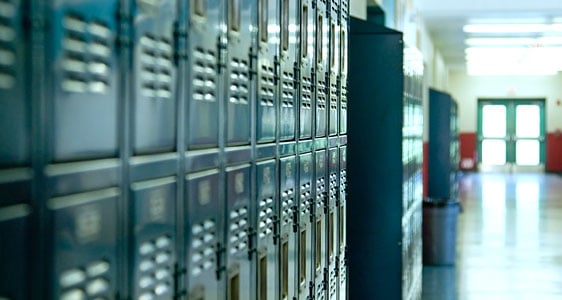
A variety of emergencies can occur within an educational institution—natural disasters, fires, bomb threats—but the one crisis that alarms the collective American society the most is the ever-present possibility of an active shooter with intent to cause multiple casualties. Preservation of human life is the number one priority in cases of emergencies, and while it’s important for schools to have an emergency preparedness plan and a well-trained faculty and staff, there are various components of electronic security technologies that, when used together, can save lives.
When brainstorming all possibilities of options for a successful lockdown procedure, it is just as important to be proactive in preventive security by exploring updated security measures. Integration of a robust visitor management and access control system curtails unwanted visitors from accessing school grounds. But the scary truth is that no matter how sophisticated and well thought out the visitor management process might be, there may still be individuals who find ways to bypass it. In the unlikely event of a security breach, ensure that all the classrooms and offices inside the building can be locked as fast as possible. In many cases where a school may have a large campus with multiple buildings, a lockdown solution may not be “one size fits all”; there may be a combination of manual, remote, and centralized lockdowns:
- A manual lockdown is the least secure lockdown option. The speed at which the lockdown occurs varies because it depends on how fast the staff member can get the right credential in hand to lock it. This option also requires a larger amount of staff accountability which can lead to the possibility of human error.
- A remote lockdown also relies on staff members, but it is easier and faster to implement because it can provide an instant lockdown up to 75 feet from the door.
- A centralized lockdown is ideal because it’s the fastest, most secure and requires only a single point of accountability via a computer server (and in some cases, a smartphone).
The last piece of the lockdown puzzle involves the effectiveness of the emergency communications system, which you can read more about on our blog posts, “The four layers of mass notification delivery” and "The importance of audibility and intelligibility in emergency communication systems." While proper training will always be crucial for being prepared for emergencies, electronic security technologies such as visitor management, access control, and mass notification systems help eliminate the element of human error, ensure consistent safety, and expedite communications within the institution. By integrating these technologies, precious time can be saved—as well as lives.
